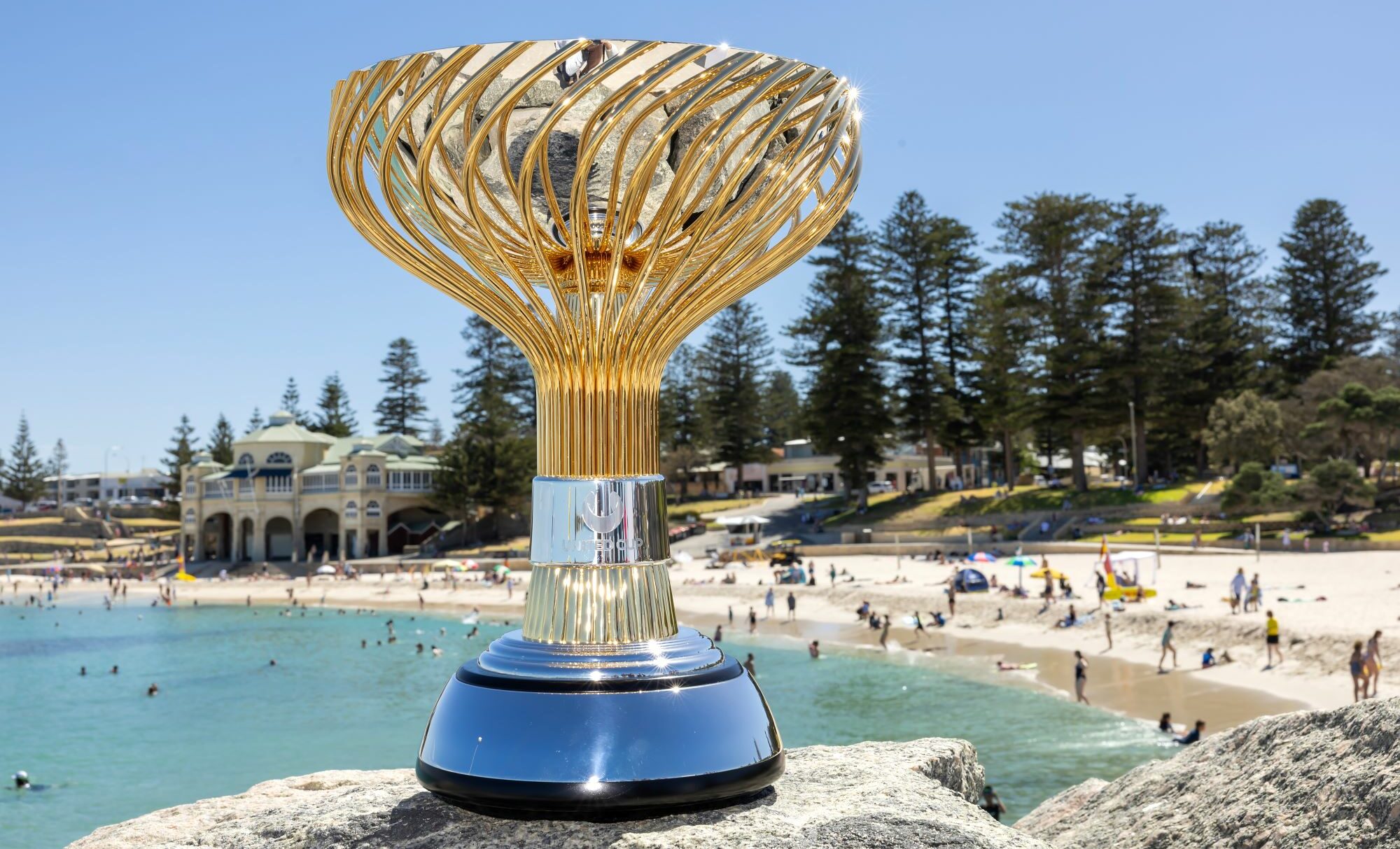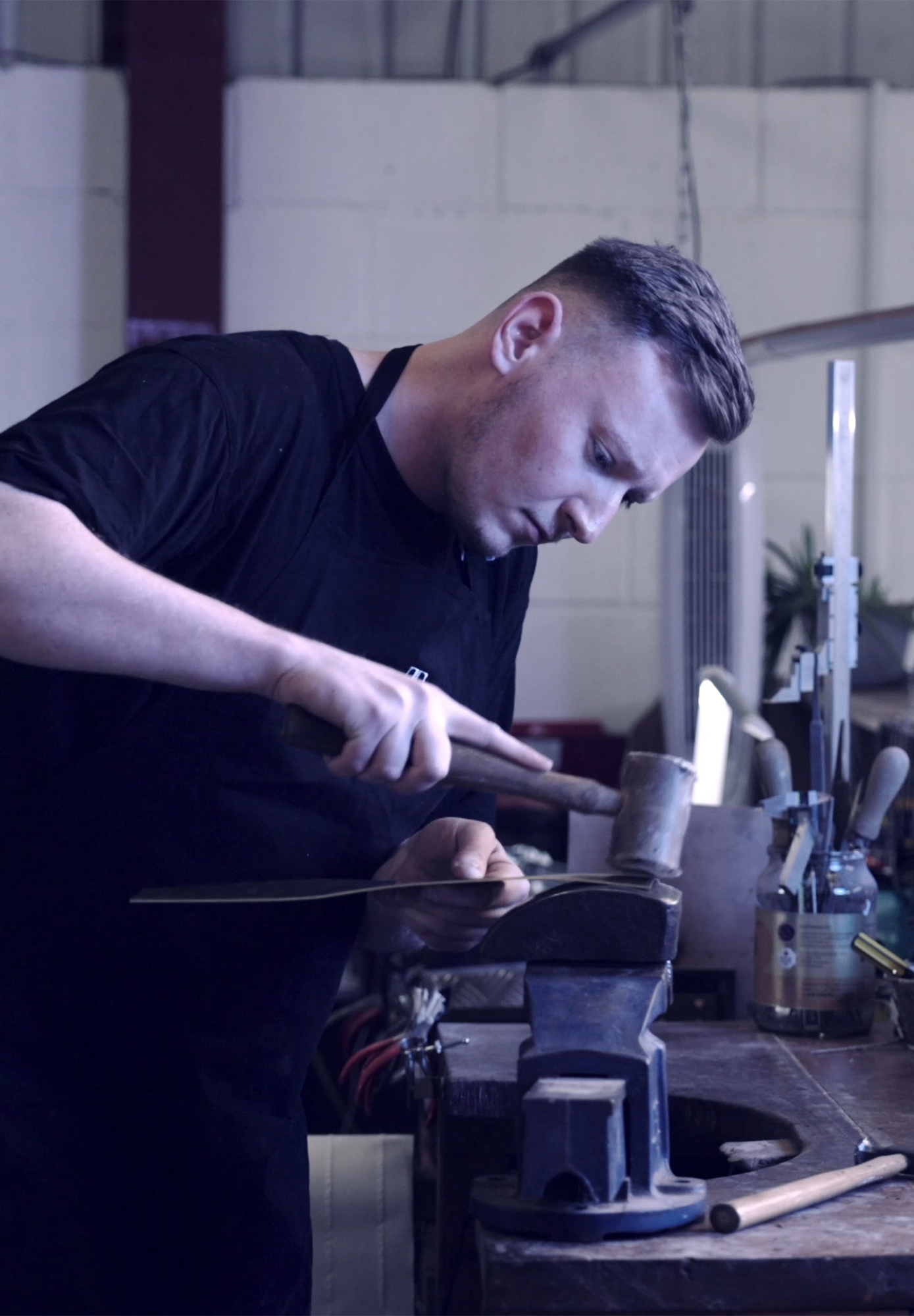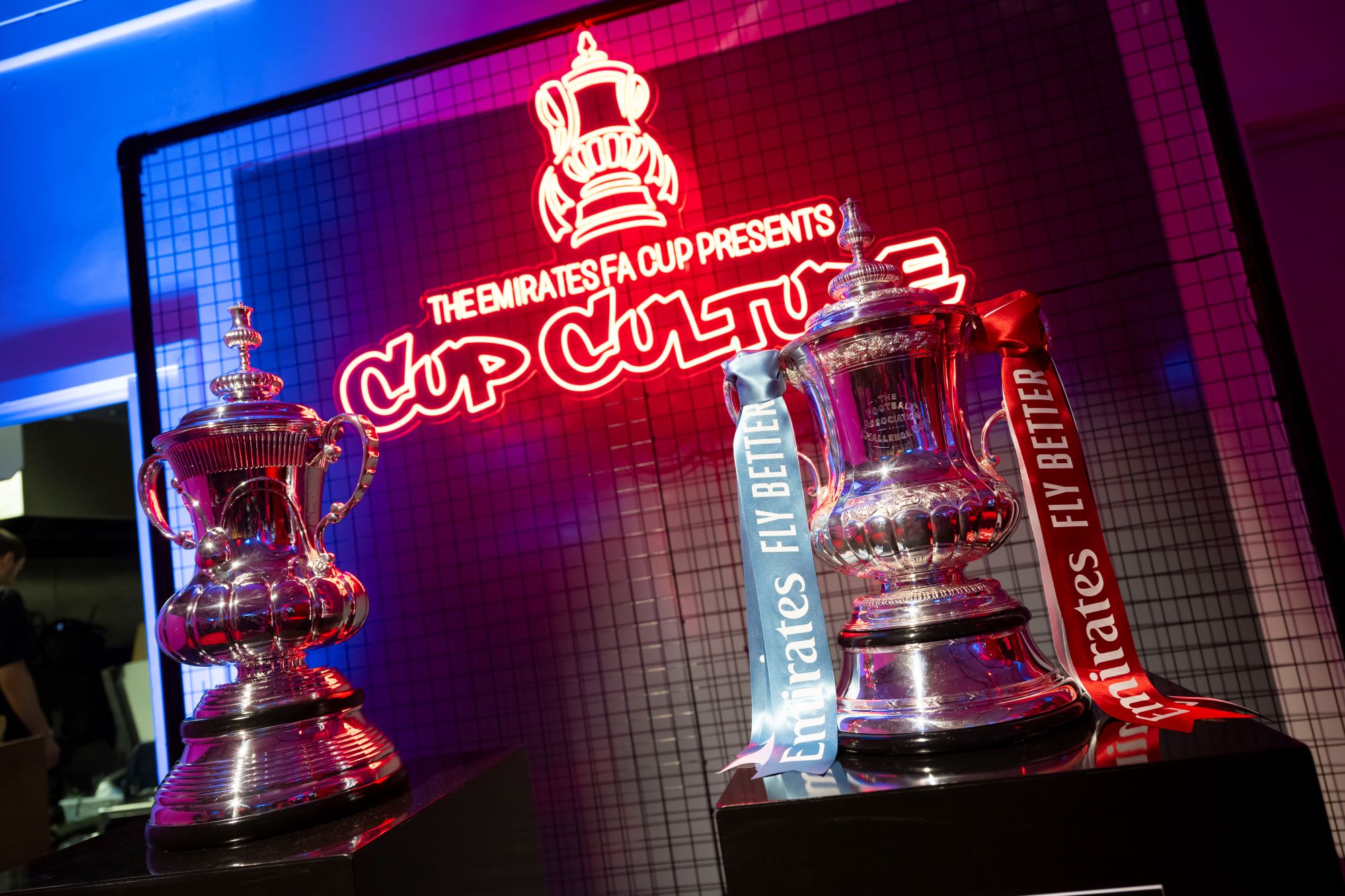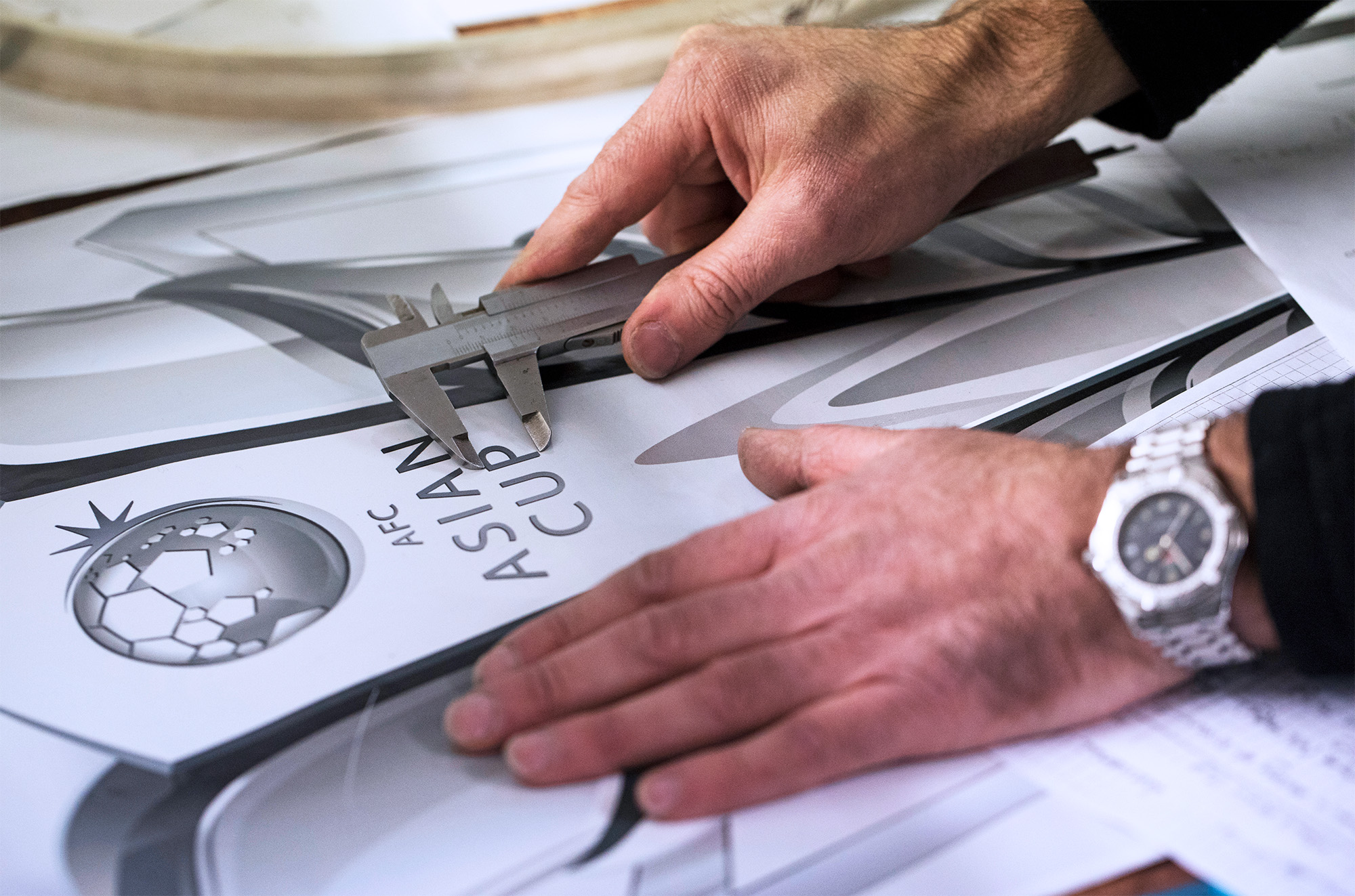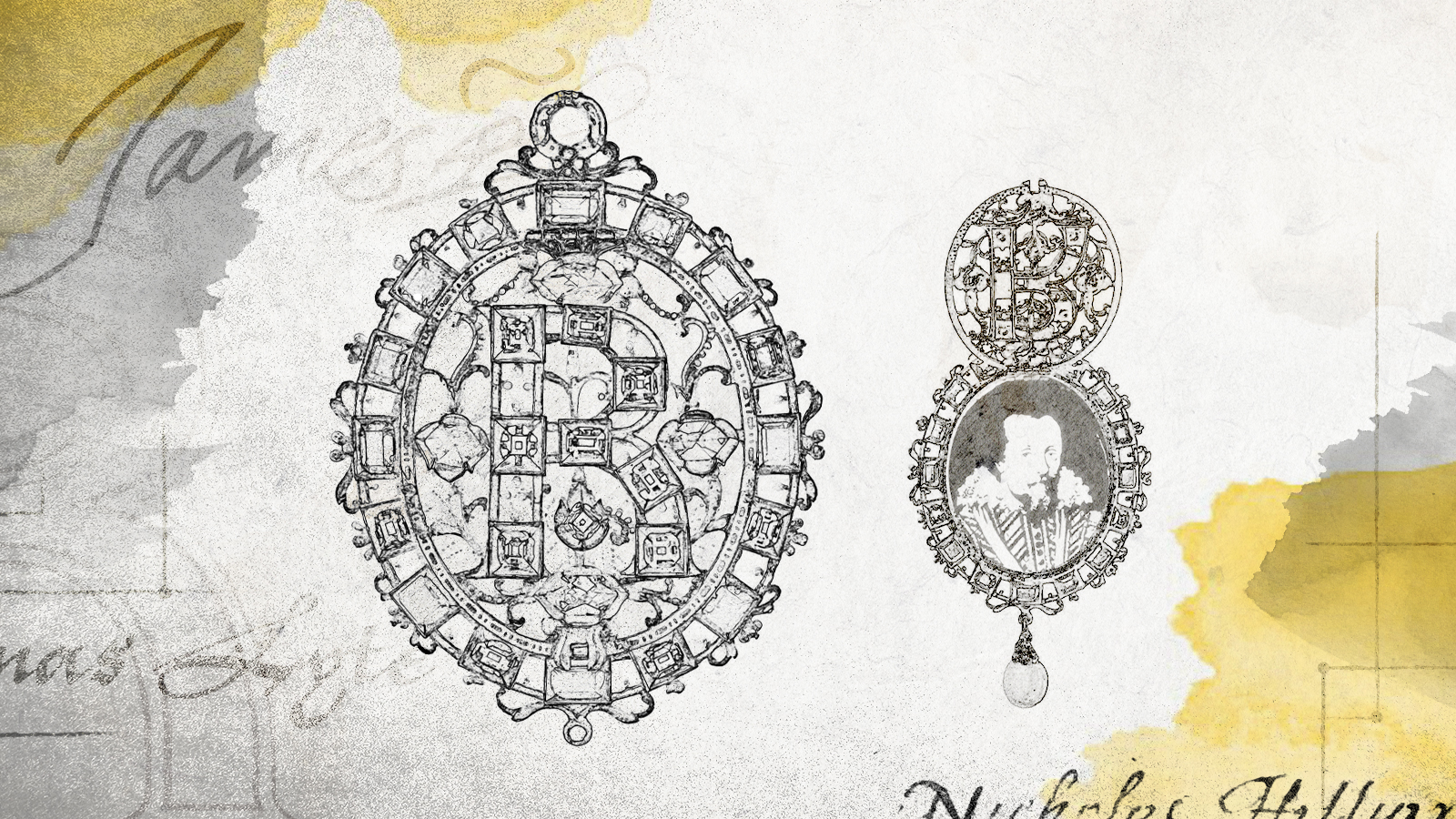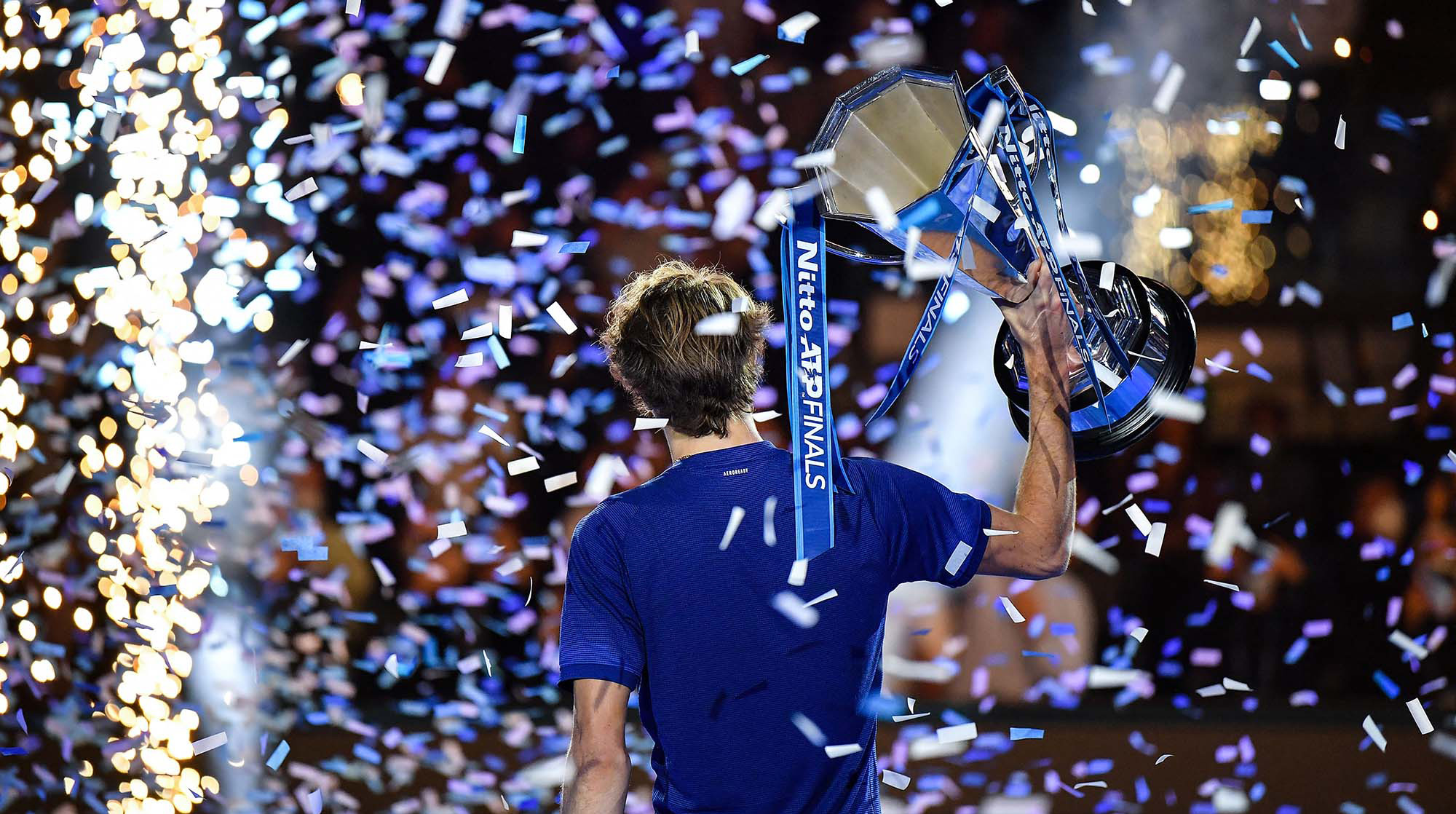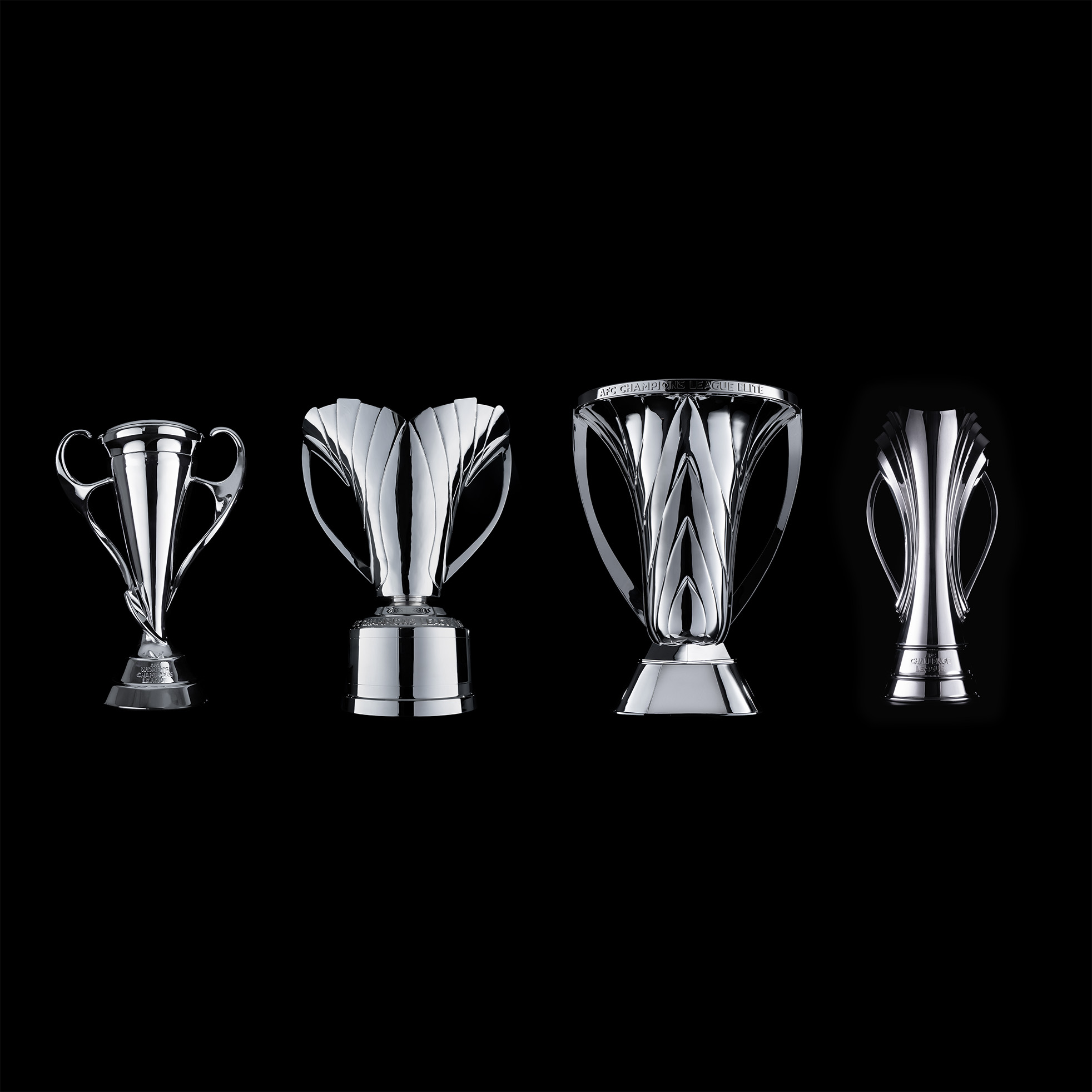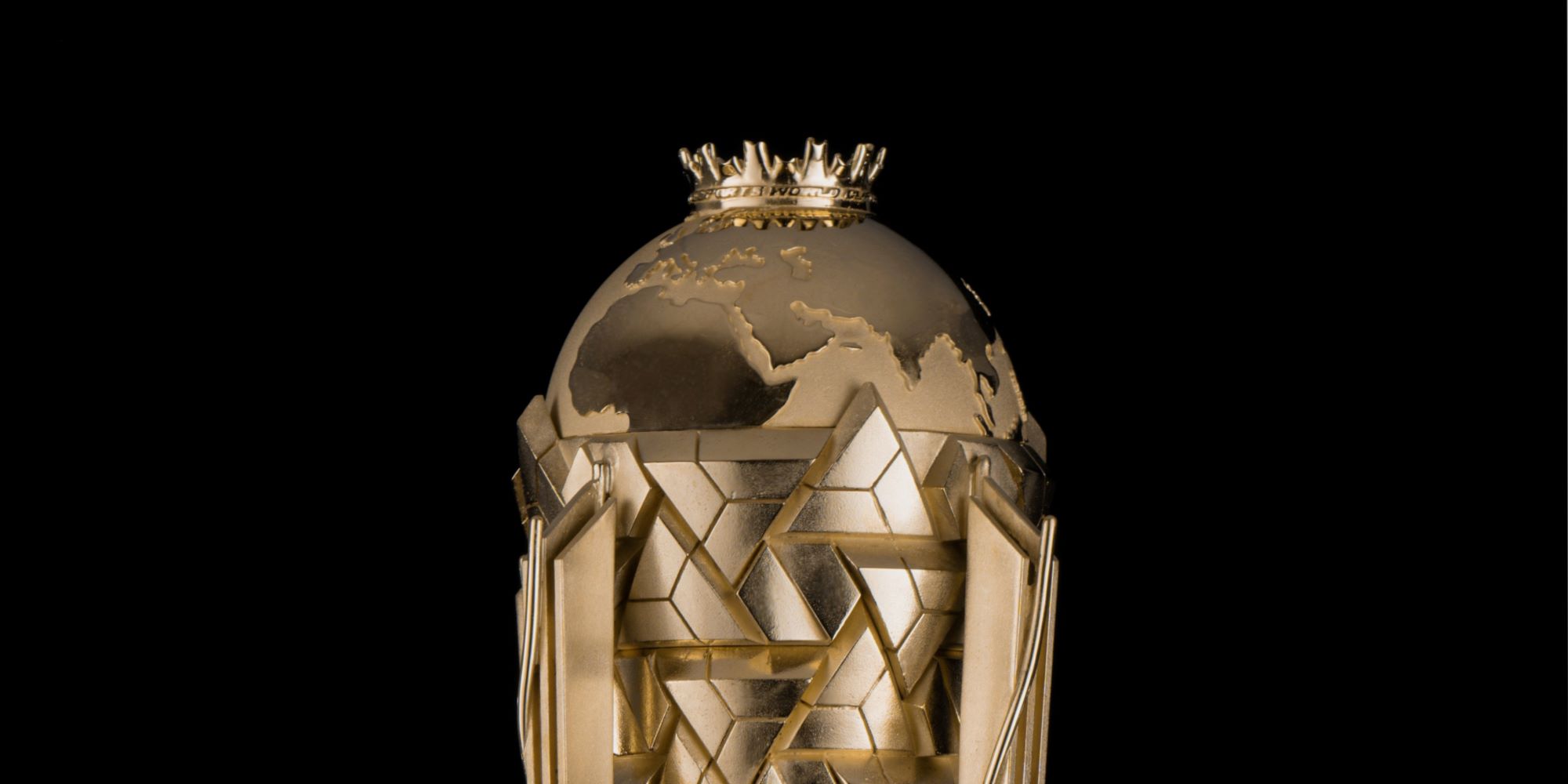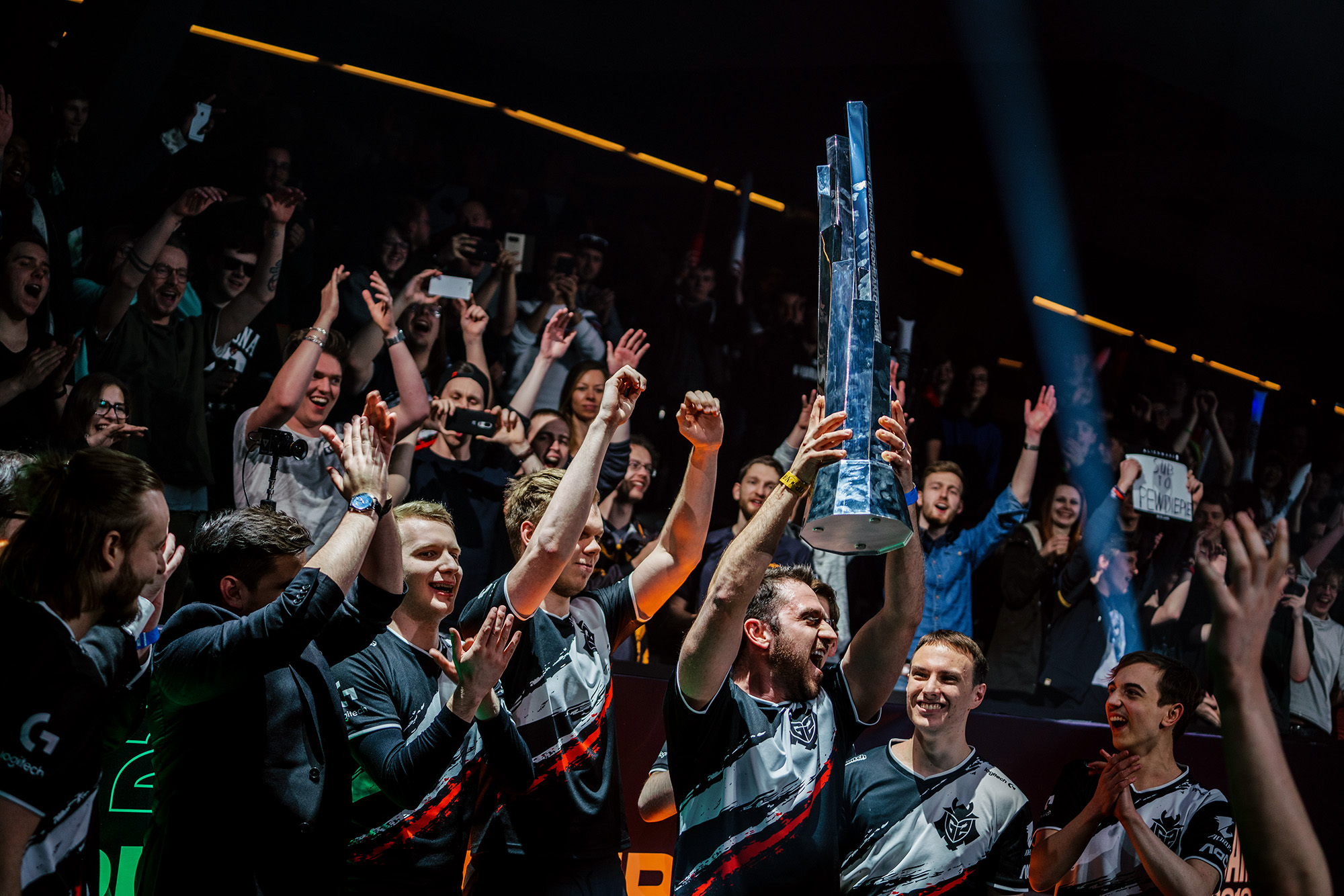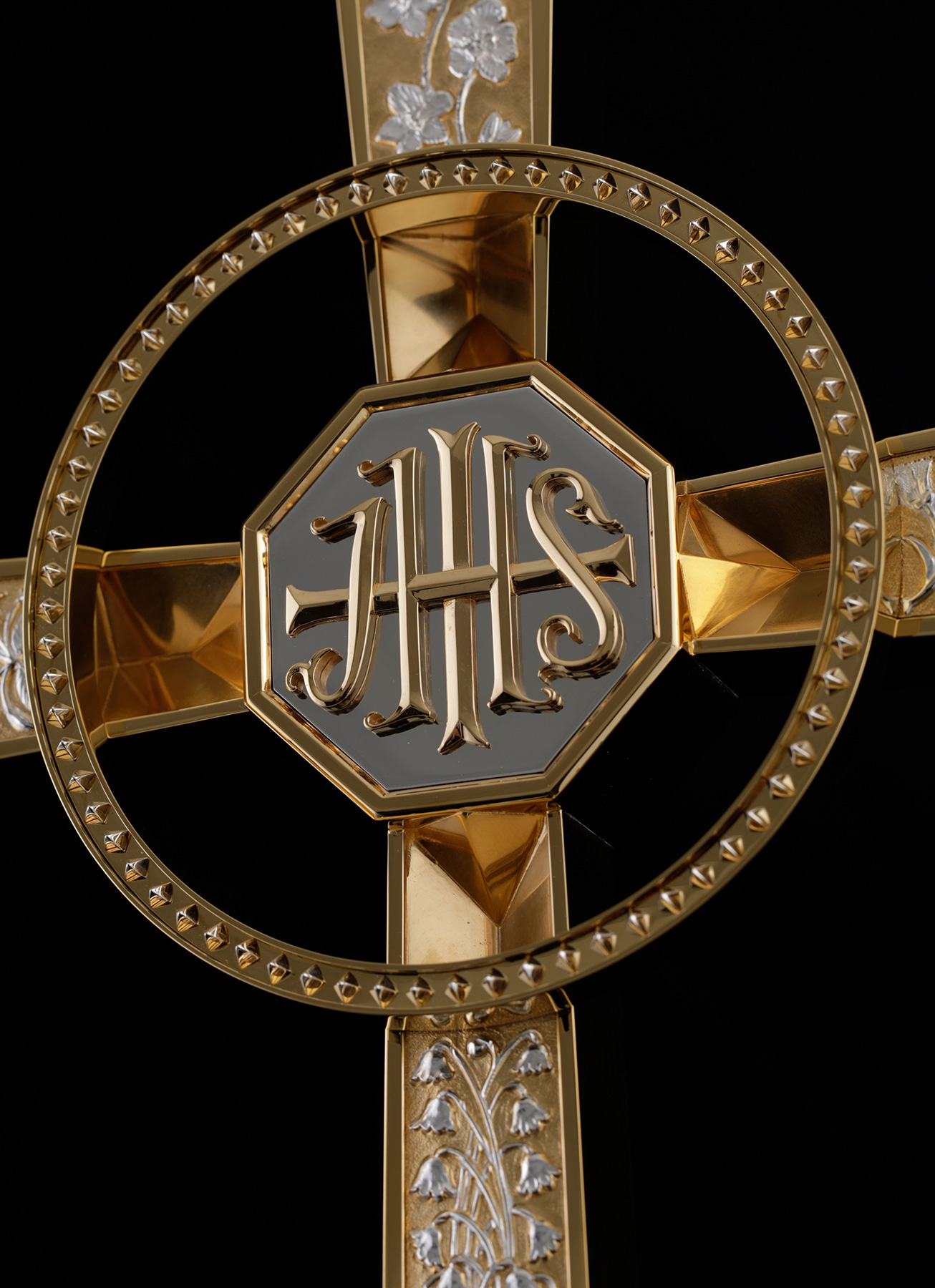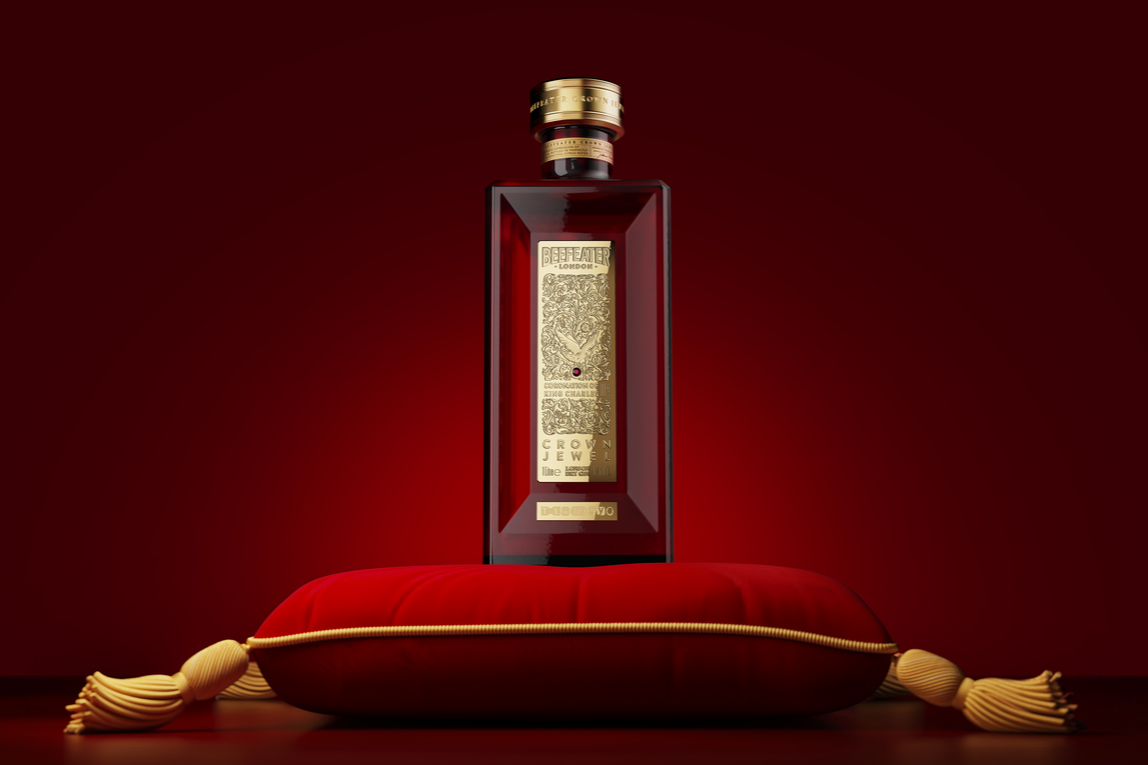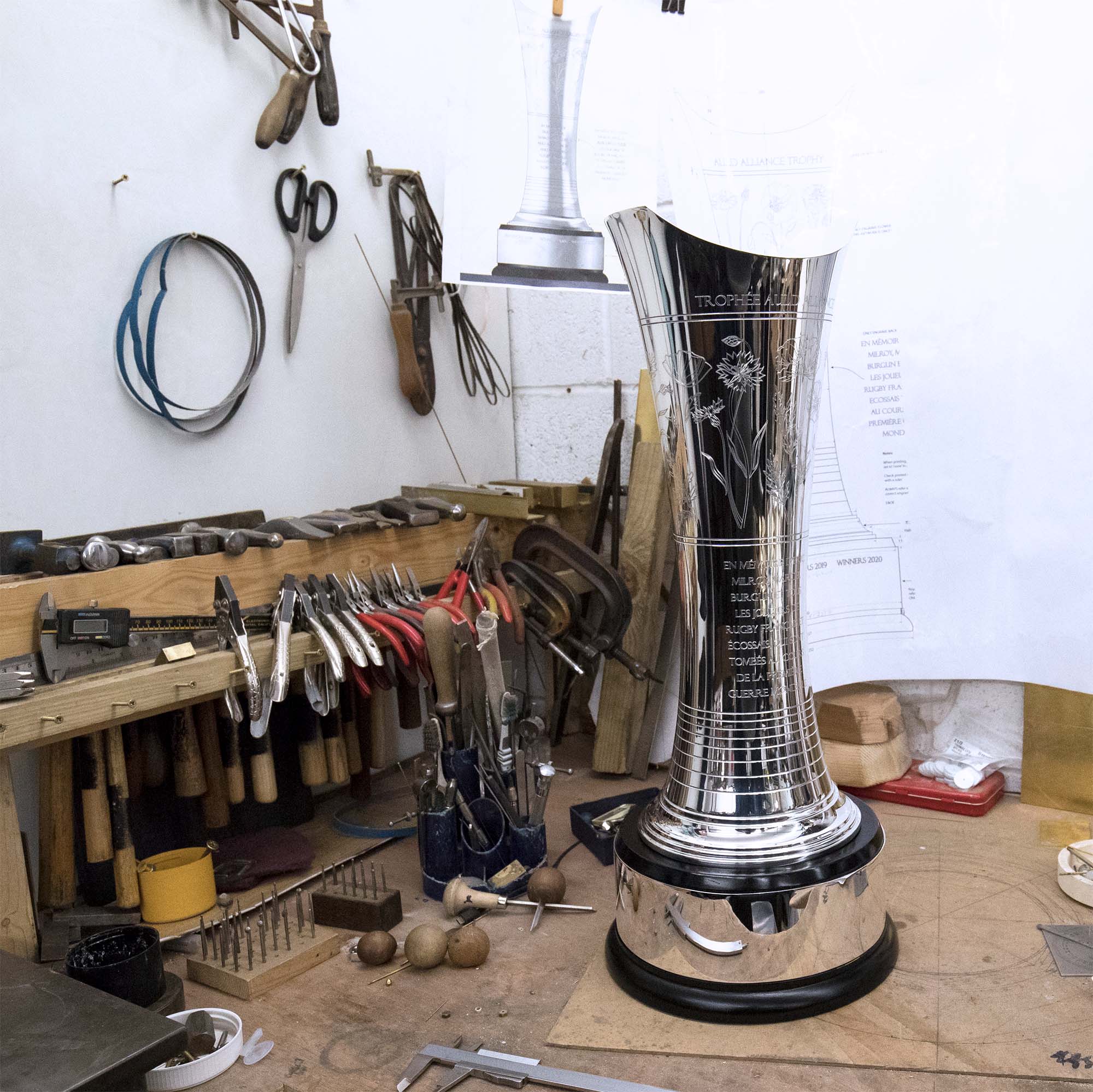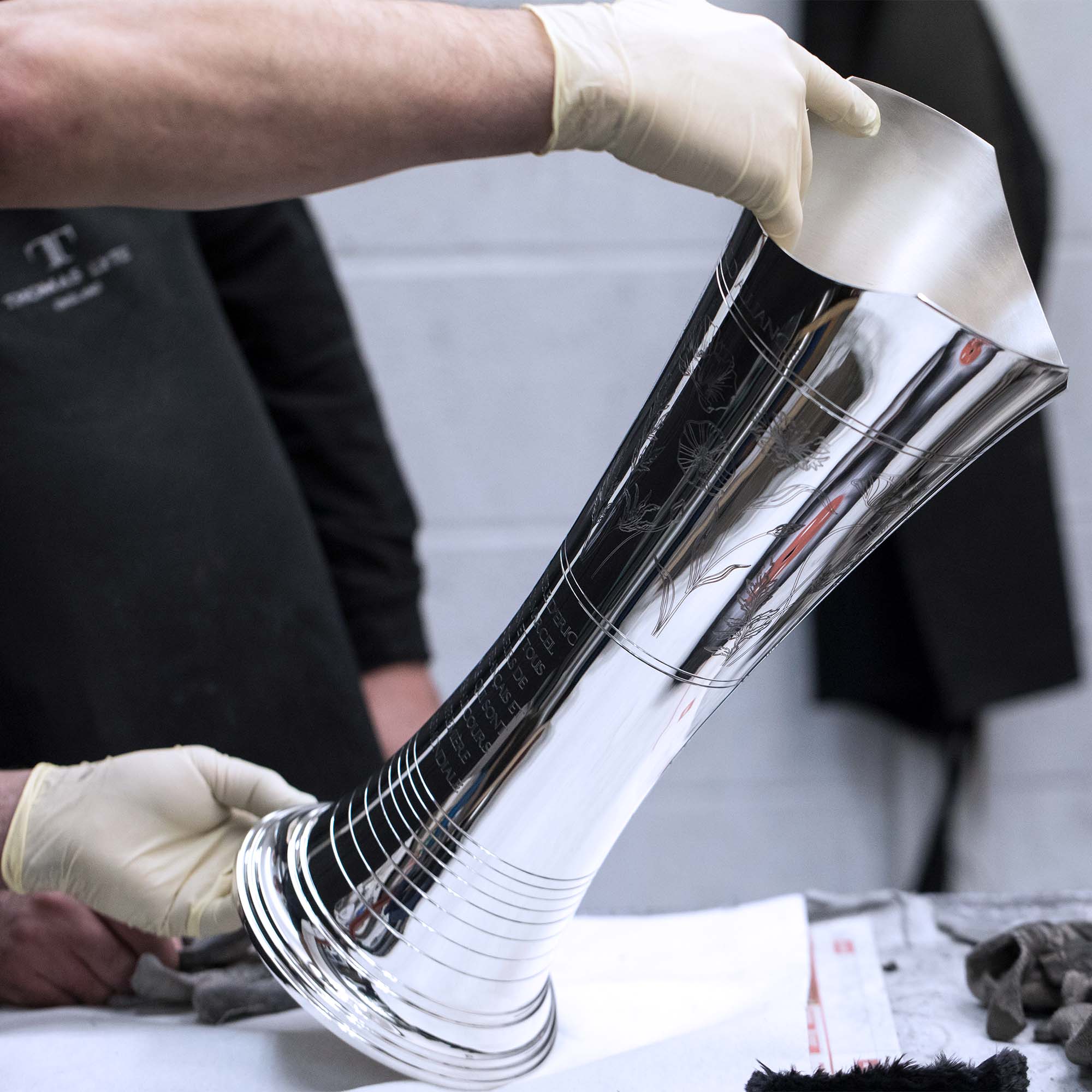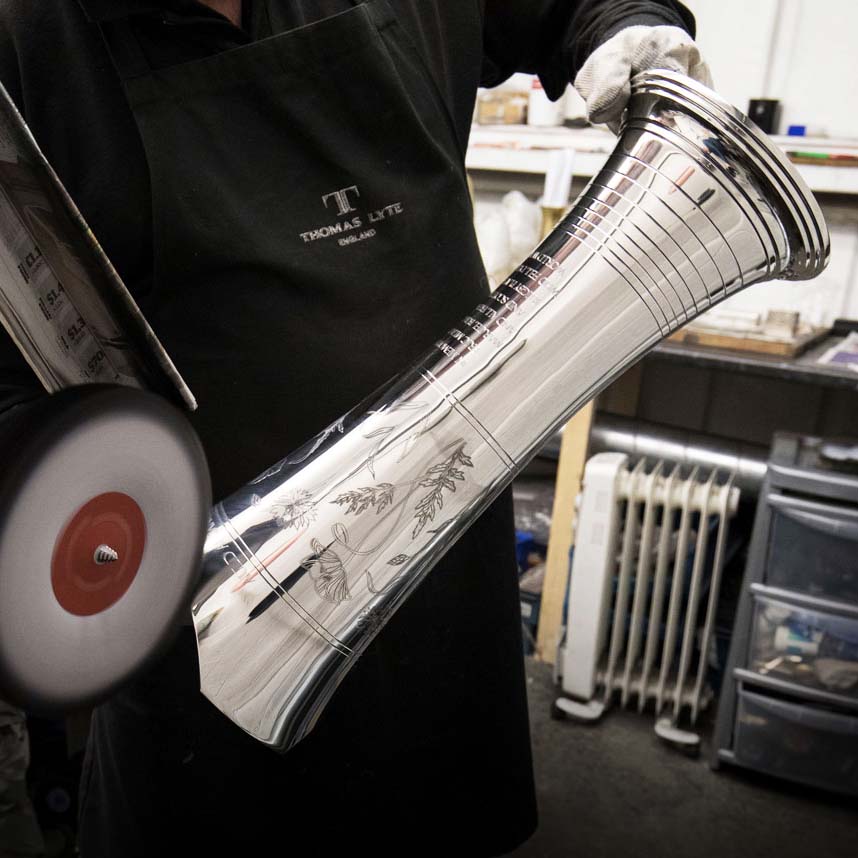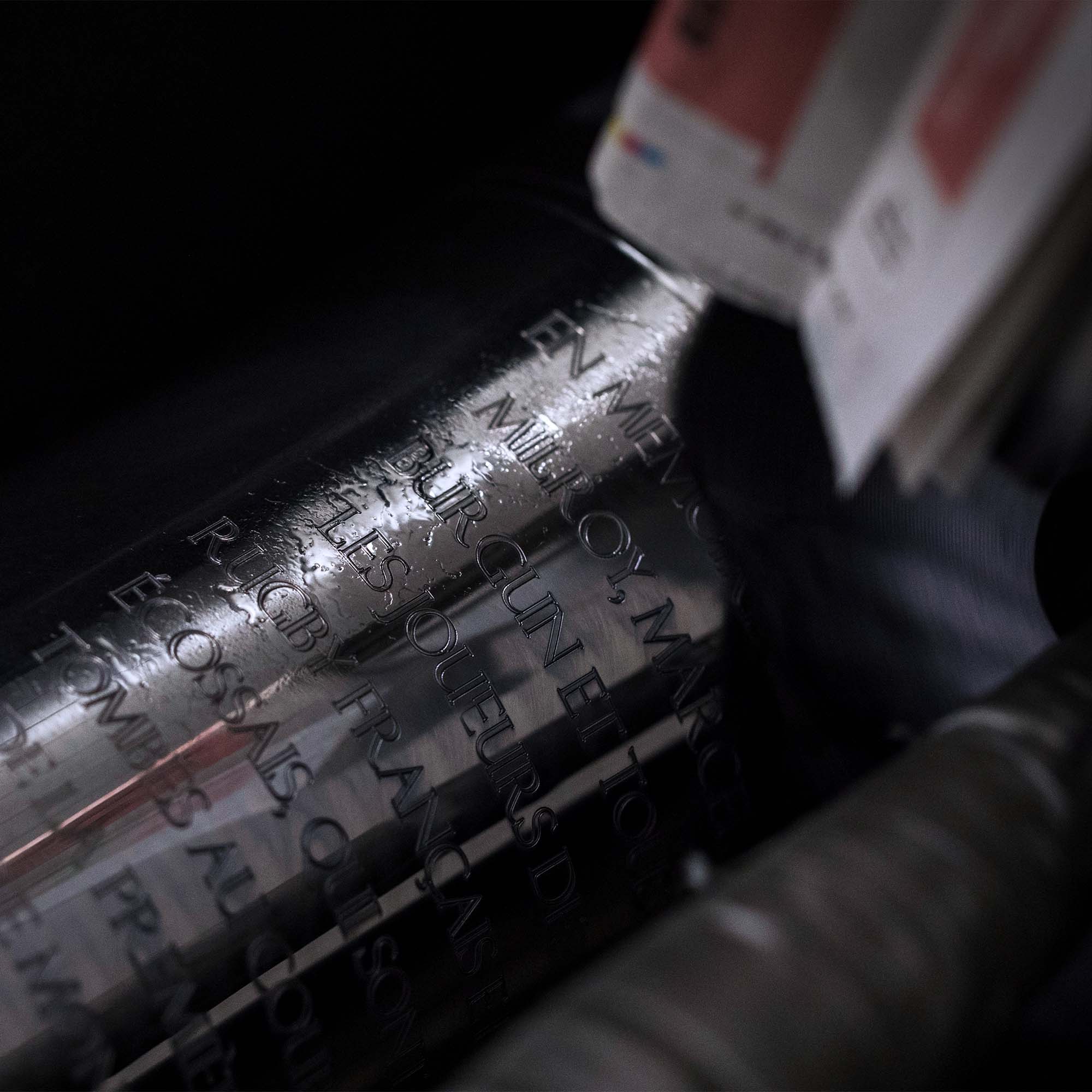Thomas Lyte are truly honoured to be the designers and makers of the Auld Alliance Trophy. As luxury silversmiths and elite sports trophy manufacturers, we were commissioned to make the trophy in 2018 by Scottish Rugby and the French Rugby Federation (FFR).
The commission brief was to create a unique sterling silver trophy that would be a tribute to the courageous rugby players from the two nations who gave the ultimate sacrifice during the First World War, and to celebrate the historic relationship between Scotland and France.
The Auld Alliance Trophy, played for each time the countries meet in the Six Nations Championship, specifically commemorates the captains of the two nations in the last matches played before the First World War – Eric Milroy (Scotland) and Marcel Burgun (France), both of whom perished in the conflict.
In all, 22 French and 30 Scottish internationals were killed in action, along with countless other club players from both nations.
The driving force for the creation of the bespoke trophy was Patrick Caublot from Amiens Rugby Club in France, who worked alongside David Anderson QC, a great-great nephew of Eric Milroy, in promoting the concept to both the FFR and Scottish Rugby on the centenary year of Armistice.
The two nations first met on the rugby pitch in 1910, when the two teams played against each other in Edinburgh. Scotland won the match 27–0.
One of the most remarkable matches in the history of international rugby took place between the two sides in Paris on 1st January 1920. This was not only the first official international played after the First World War, it was also the first time back in country colours for a number of players on both sides after serving during the conflict.
French sources have christened this meeting “Le match des borgnes”, as it is believed that five of the 30 players on the field lost an eye in the war. The match was played in mud and driving rain, with Scotland winning 5-0.
The handcrafted trophy was designed and made in our London workshops. Using traditional silversmithing and goldsmithing skills combined with leading edge modern methods, the team of master craftsmen at Thomas Lyte are experts in the fields of custom trophy design and manufacture, and responsible for some of the world’s most iconic sporting trophies, including the Rugby World Cup’s Webb Ellis trophy, the Emirates FA Cup, the Davis Cup trophy and the Guinness Six Nations trophy.
The one-of-a-kind rugby trophy stands at an impressive 60cm in height and was hand-spun from hallmarked Sterling Silver, requiring a total of 110 craft hours to create. The contemporary sweeping form of the trophy rises up in remembrance, while the clipped edge refers to lives so tragically cut short. Around the trophy is a band of poppies and cornflowers, exquisitely engraved in line form to encourage a closer look, while the bright mirror finish applied patiently to the sterling silver surface allows for personal reflection as we remember all those who fell.
“The Auld Alliance Trophy is a very significant commission for Thomas Lyte, commemorating an immensely sad time in our history, while celebrating one of rugby’s great contests” said Thomas Lyte Founder and CEO Kevin Baker. “This trophy is a magnificent symbol of considered craft and the whole Thomas Lyte team will be proud to see it raised in victory”.
David Anderson QC said: “Eric Milroy and Marcel Burgun, Scotland and France captains in 1914, are named on the trophy. They represent the never-forgotten sacrifices made by rugby players of both nations and embody the Auld Alliance that was renewed in the Great War.”
Caublot, who led a party from the Amiens region on a visit to Scottish Rugby’s war memorial, said: “The trophy underlines that the spirt of the Auld Alliance will live on.”
Scottish Rugby President Rob Flockhart, said: “The sacrifice made by so many from the rugby family in the First World War is never forgotten.
“Our annual armistice service at our war memorial arch at BT Murrayfield is a poignant reflection of that loss felt in so many communities around the world.
“When we received the proposal for the trophy we knew of the scale of the loss. Yet the personal story of both Milroy and Burgun made the case for the trophy totally compelling.”
Bernard Laporte, President of the FFR, said: “With the Auld Alliance Trophy, the FFR and Scottish Rugby will celebrate the strong relationship between France and Scotland at each Tournament. “It is a strong symbol for our two nations and an important tribute to the victims of the First World War.”
Eric Milroy – Scotland Rugby Captain
Milroy was described as “the most modest and generous of souls. The boyish smile, with which he would emerge from the feet of opposing forwards, was an open sesame to a wide circle of friendship, and never could it be said of him that success had in the least turned his head. He was ever, sunny, modest and gentle.”
Brought up in Edinburgh, Milroy, a scrum-half, became an advocate of running rugby, with which Watsonians won the unofficial Scottish championship four times before the war.
He toured South Africa with the British Lions in 1910 and was capped 12 times, including against Burgun’s France in 1913.
He was killed at the age of 29 on the Somme in 1916, fighting as a machine-gun officer with the Black Watch. On the eve of battle, Milroy wrote home to his mother, Walteria, who frequently instructed him to “keep well back” and out of harm’s way on the rugby field. In his final letter Milroy wrote: “We are in for some slight trouble tomorrow. So, I am just warning you that there is to be no ‘keeping well back’ then.”
Marcel Burgun – France Rugby Captain
Born in St Petersburg, the son of a French clockmaker who worked for the Tsar, Marcel Burgun, won his first French caps playing for Racing Club in Paris before switching to Castres Olympique. He went on to win 11 caps from his debut against Ireland in 1909 and four of those caps were gained against Scotland.
He played in France’s first-ever Championship victory – against Scotland in January 1911. Burgun learned that his elder brother was killed in action in the early battles of World War 1. He became an artillery observer and a pilot but he too died in action, shot down and killed in the summer of 1915.
He won the Croix de Guerre and Palm and subsequently had a street in Castres named after him.
![Slawn x Cup Culture FA Cup trophy made by Thomas Lyte]() SLAWN x Cup Culture: Where Football Meets Design, Art and Craft
SLAWN x Cup Culture: Where Football Meets Design, Art and Craft![Designers Makers Of The Queen Elizabeth II Platinum Jubilee Processional Cross 3 1306x1800]() Culture Round-Up: 2022 and the Queen Elizabeth II Processional Cross
Culture Round-Up: 2022 and the Queen Elizabeth II Processional Cross